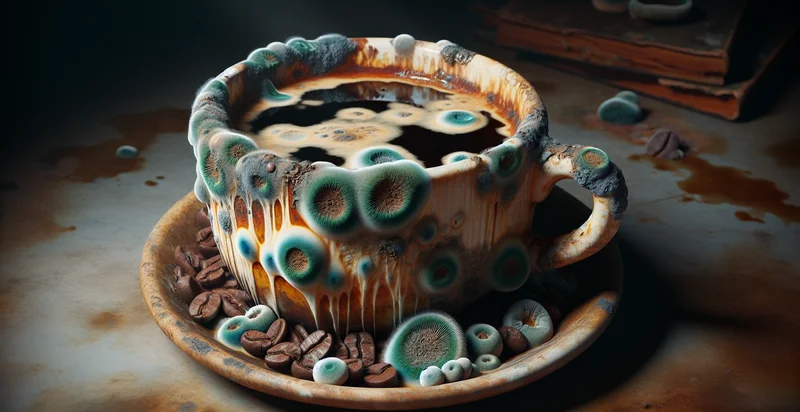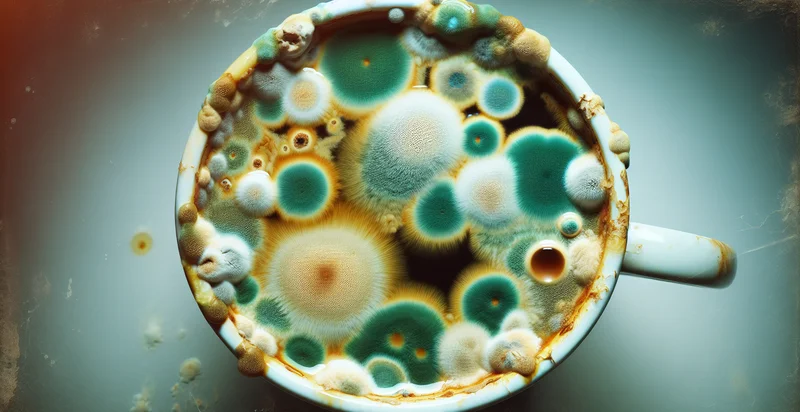Identify if coffee is rotten
using AI
Below is a free classifier to identify if coffee is rotten. Just upload your image, and our AI will predict if the coffee is rotten - in just seconds.

Contact us for API access
Or, use Nyckel to build highly-accurate custom classifiers in just minutes. No PhD required.
Get started
import nyckel
credentials = nyckel.Credentials("YOUR_CLIENT_ID", "YOUR_CLIENT_SECRET")
nyckel.invoke("if-coffee-is-rotten", "your_image_url", credentials)
fetch('https://www.nyckel.com/v1/functions/if-coffee-is-rotten/invoke', {
method: 'POST',
headers: {
'Authorization': 'Bearer ' + 'YOUR_BEARER_TOKEN',
'Content-Type': 'application/json',
},
body: JSON.stringify(
{"data": "your_image_url"}
)
})
.then(response => response.json())
.then(data => console.log(data));
curl -X POST \
-H "Content-Type: application/json" \
-H "Authorization: Bearer YOUR_BEARER_TOKEN" \
-d '{"data": "your_image_url"}' \
https://www.nyckel.com/v1/functions/if-coffee-is-rotten/invoke
How this classifier works
To start, upload your image. Our AI tool will then predict if the coffee is rotten.
This pretrained image model uses a Nyckel-created dataset and has 2 labels, including Fresh Coffee and Rotten Coffee.
We'll also show a confidence score (the higher the number, the more confident the AI model is around if the coffee is rotten).
Whether you're just curious or building if coffee is rotten detection into your application, we hope our classifier proves helpful.
Related Classifiers
Need to identify if coffee is rotten at scale?
Get API or Zapier access to this classifier for free. It's perfect for:
- Quality Control in Coffee Production: This use case involves implementing the 'if coffee is rotten' identifier in coffee production facilities to enhance quality control processes. By automatically screening coffee beans for signs of rot, producers can ensure only high-quality beans reach the market, thus reducing waste and improving customer satisfaction.
- Inventory Management for Coffee Retailers: Retailers can utilize the identifier to assess the condition of their coffee stock regularly. By identifying rotten coffee, they can implement timely inventory management strategies, minimizing losses and ensuring that customers receive fresh products.
- Coffee Roasting Optimization: Roasters can apply the rot identification tool during the sourcing process to ensure that only fresh, high-quality beans are roasted. This leads to improved flavor profiles and consistent product quality, enhancing the overall customer experience.
- Supplier Audits: Coffee distributors can use the identifier to conduct audits of their suppliers and review the quality of incoming shipments. By identifying rotten beans early in the supply chain, distributors can negotiate better terms with suppliers and maintain a high-quality product line.
- Consumer Education and Transparency: Coffee brands can integrate the identifier into mobile apps or packaging to provide consumers with transparency about the quality of the coffee they are purchasing. This feature can increase consumer trust and aid customers in making informed purchasing decisions.
- Waste Reduction Programs: Companies focused on sustainability can use the identifier to monitor and reduce waste in their operations. Identifying rotten coffee will help businesses divert waste from landfills and improve their overall sustainability practices.
- Research and Development in Coffee Varieties: Researchers can leverage the identifier to study the conditions leading to coffee rot in various beans. This information can help in developing more resilient coffee varietals and improve cultivation practices for higher quality, sustainable production.


